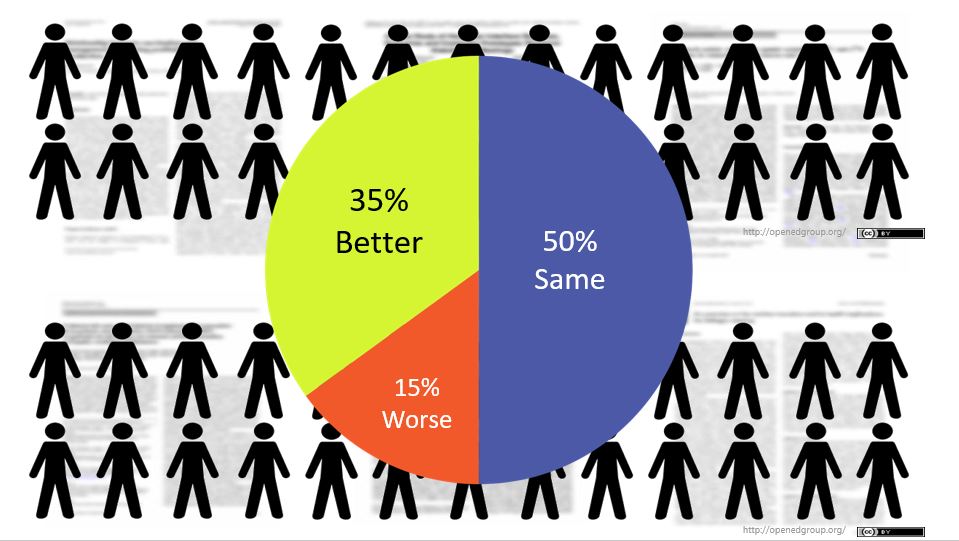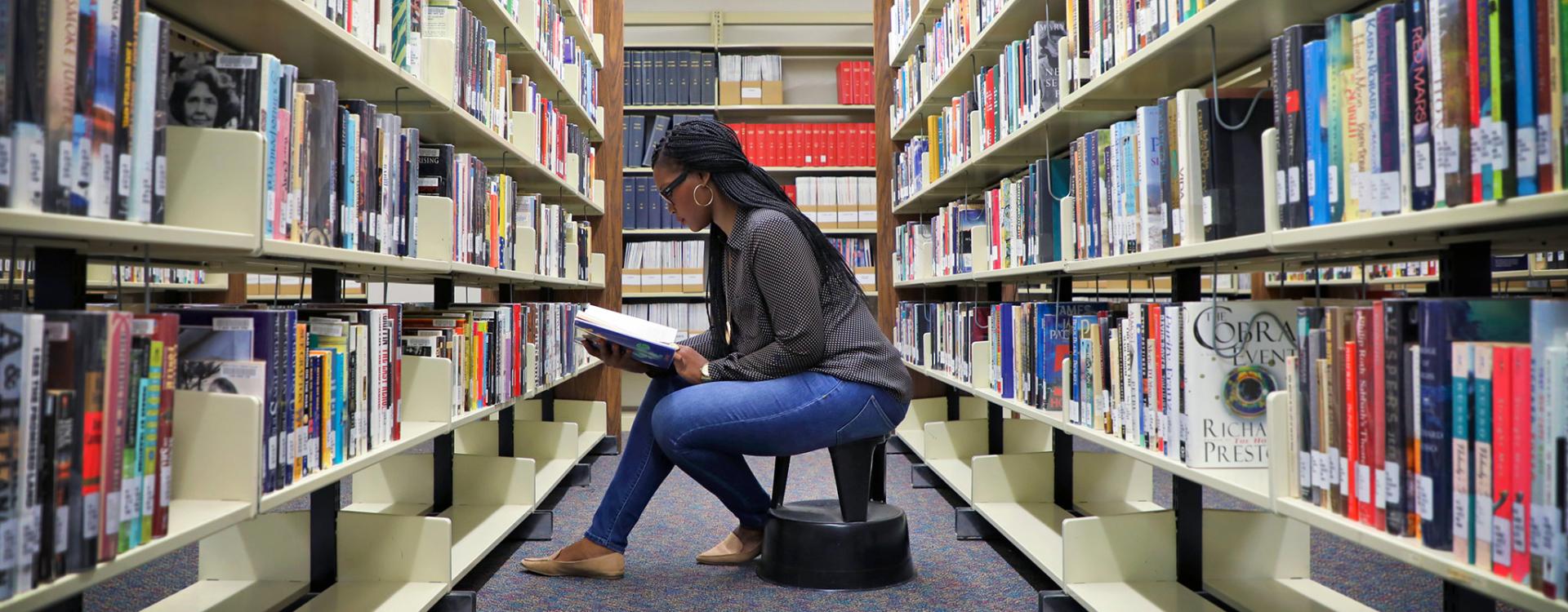Heads Up! All Continuing Education courses starting on or after July 1, 2025, will open for registration on July 1, 2025.
What Happens When Students Take Classes with Open Textbooks?
Yesterday I announced that this is Open Education Week and described the characteristics that make a work "open." I mentioned that Open Educational Resources (OER) in their digital form don't cost anything and that print versions of OER textbooks are available at far less cost than commercial textbooks. Why is this important? Let's talk about students' needs.
According to The Hope Center, staggering numbers of U.S. college students are food or housing insecure. Students often have to make difficult financial decisions, such as whether to buy an expensive textbook or to pay rent. Colleges do not have a lot of control over how much tuition they charge, or what they have to pay to maintain their facilities, or how much external funding they receive. They have to pass costs on to students.
Instructors do have a say in what textbooks to use in their classes. Adopting OER is one way that college instructors can lessen the financial burden on students. It turns out that students who take an OER-based course are more likely to complete the course than if it has a commercial textbook. Low-income students especially benefit from OER adoption.
Not only are OER free (or, worst case, cheap) and available to students on the first day of class, they are perceived by students and instructors as good as or better than their commercial counterparts. The chart below reflects these perceptions, which were gleaned from nine peer-reviewed studies, published between 2011 and 2016, of OER's perceived quality.

So, free (or cheap) high-quality textbooks help students complete their courses better than commercial textbooks, allowing students to earn more credits in less time.

